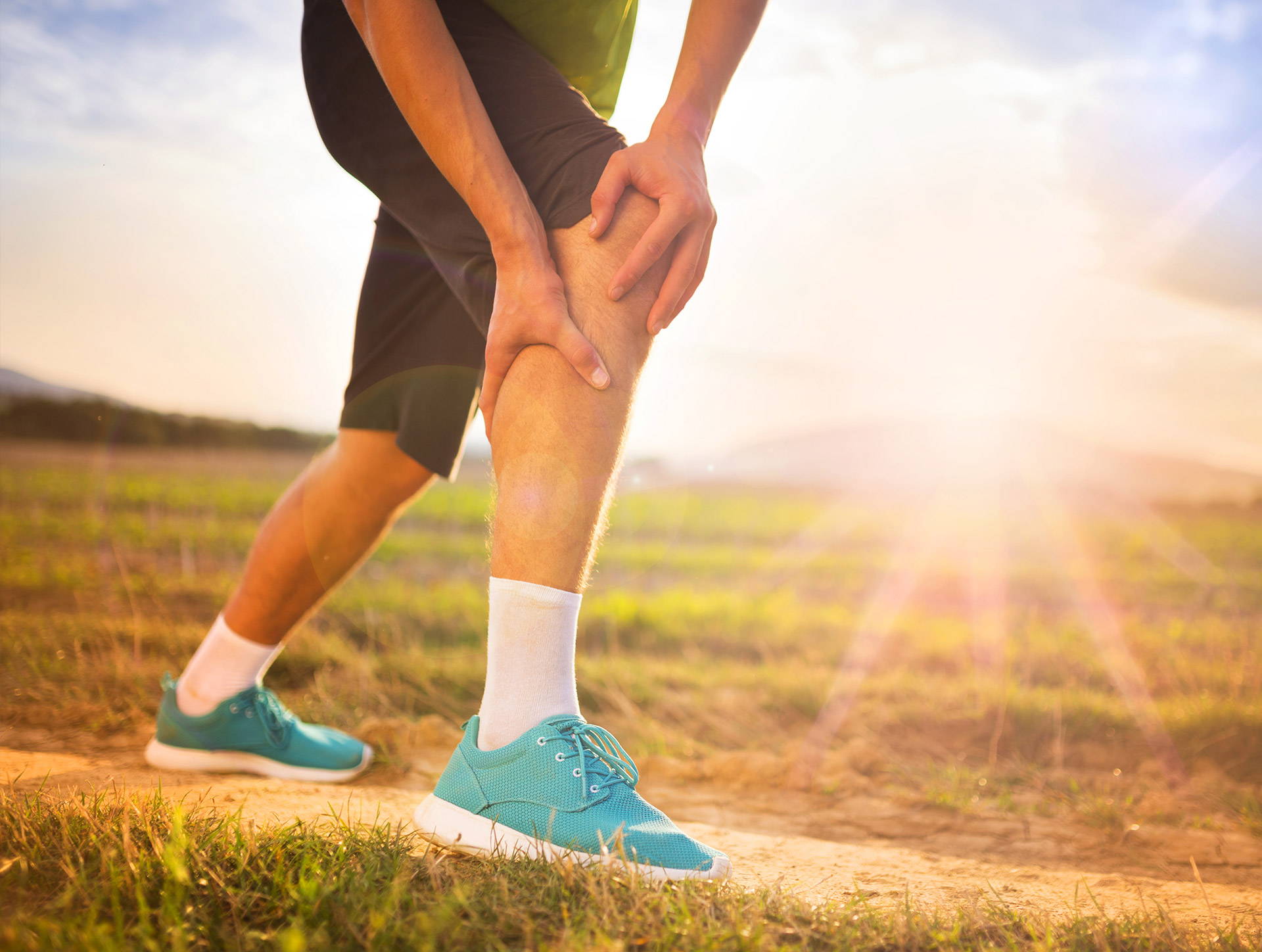
How Long Does an Arthritis Flare Up Last? Treatments & Tips
june 19, 2023 | 4 Mins Read
TABLE OF CONTENTS
1. What Does An Arthritis Flare Feel Like?
2. What Triggers Osteoarthritis Flare-Ups?
3. How Long Does An Arthritis Flare Up Lasts?
4. What Can You Do Ahead Of Time To Prevent An Arthritis Flare-Up?
5. Treatments of Osteoarthritis Flares
6. Should You Walk During Arthritis Flare Ups?
7. Best Knee Sleeves for Arthritis Flare Ups
8. Takeaway
Living with arthritis can be challenging, especially when flare-ups occur. Being aware of the symptoms, triggers, and duration of arthritis flare-ups, as well as adopting coping strategies, can help improve your quality of life.
It's important to note that the symptoms and severity of an arthritis flare can vary from person to person and may depend on the specific type of arthritis they have.
Osteoarthritis flare-ups can be triggered by various factors. While the exact cause of osteoarthritis is not fully understood, certain triggers can exacerbate symptoms and lead to flare-ups. Here are some common triggers:
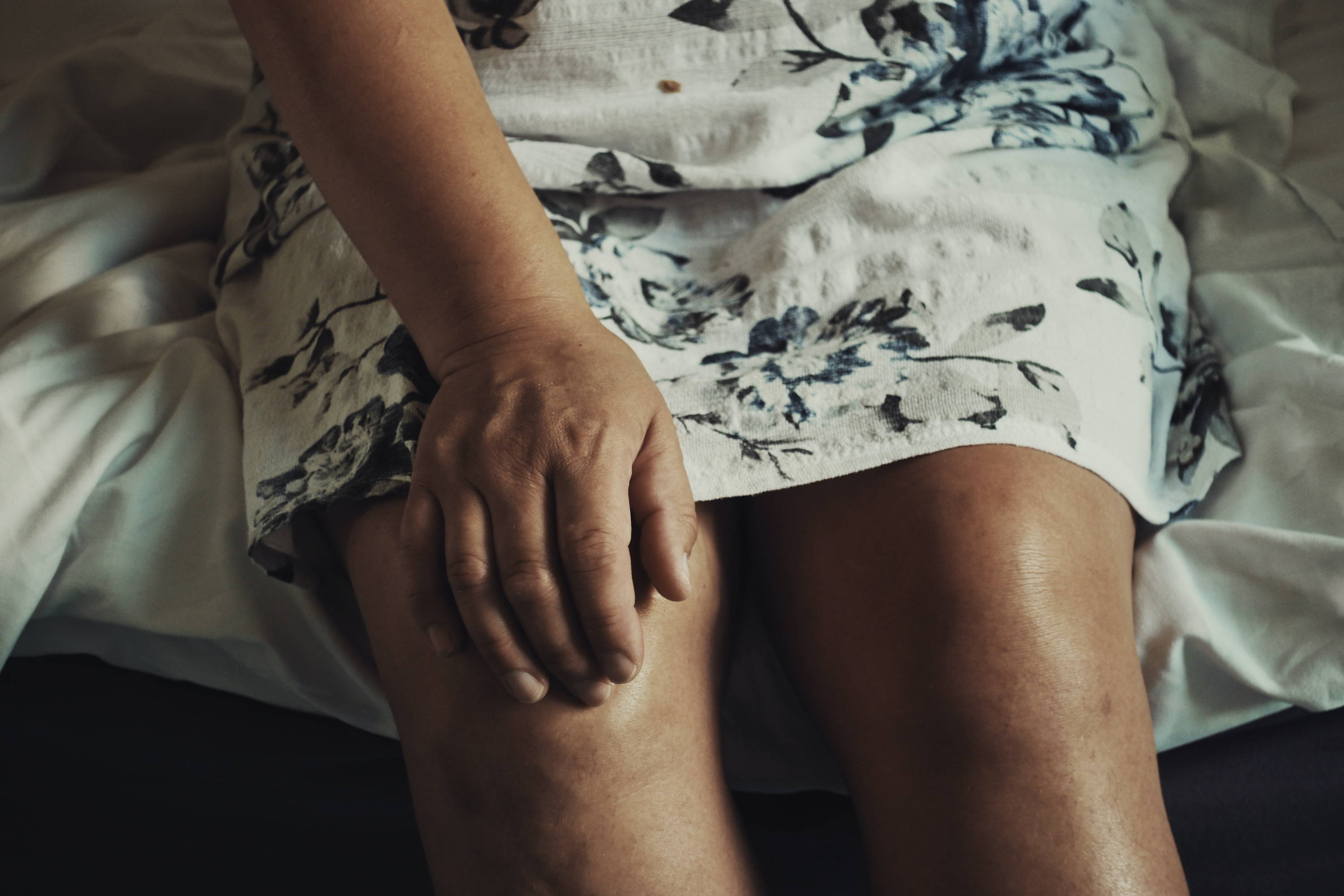
The duration of an arthritis flare-up can vary significantly depending on the type of arthritis, the individual's overall health, and how quickly treatment is initiated. However, on average, a flare-up tend to stick around for about three to five days. Rheumatoid arthritis flare-ups tend to be more prolonged compared to other types of arthritis.
Preventing an arthritis flare-up involves a combination of lifestyle modifications and proactive medical management. One key strategy is to be mindful of your baseline activity level and how it affects your arthritis symptoms.
Below are the non-pharmacological tips you can to do prevent inflammation and arthritis flars:
Managing the symptoms of arthritis can be challenging, especially when they flare up. It is important to understand that flares cannot always be prevented, but there are certain strategies that may help reduce the frequency and intensity of your symptoms. Here are some tips for stopping an arthritis flare-up:
Nonsteroidal anti-inflammatory drugs (NSAIDs) are commonly available over the counter and can provide temporary relief from pain and inflammation associated with OA flares. Examples include ibuprofen (Advil, Motrin) and naproxen sodium (Aleve).
However, it's important to use these medications as directed and consult a healthcare professional if you have any underlying health conditions or are taking other medications to avoid potential interactions or side effects.
If OTC medications don't provide sufficient relief, your doctor may prescribe stronger pain medications or anti-inflammatory drugs to manage OA flares.
These may include prescription NSAIDs, corticosteroids (either oral or injected directly into the joint), or hyaluronic acid injections to provide lubrication and cushioning to the joint.
Disease-modifying anti-rheumatic drugs (DMARDs) or biologic therapies may be considered for individuals with OA and underlying inflammatory components.
In cases where conservative treatments have not been effective and OA severely impacts daily life, joint replacement surgery may be recommended. This surgical procedure involves removing damaged joint surfaces and replacing them with artificial implants.
Using compression wraps or knee sleeves for arthritis can provide targeted support to the affected joint. This can reduce swelling and provide stability to the knee, which can help manage pain and improve mobility during a flare-up.
Compression therapy can also help improve blood flow to the joint, promoting healing and recovery. You can wear the sleeve during activities that aggravate your arthritis symptoms or even throughout the day, depending on your comfort level and the severity of your flare-up.
Wrapping a sore knee with knee compression sleeves is a conventional method that a lot of people use. The reason this works could be because of something called the "Gate Control Theory of Pain". This theory says that our body can change how we feel pain by using touch signals. When you wrap your knee, the touch sensors in your skin feel it and send this touch information quickly to your spinal cord.
Pain signals, on the other hand, travel a bit slower. So, the touch signals reach the spinal cord before the pain signals do. This makes your brain focus more on the touch and less on the pain, which helps reduce how much pain you feel.
Plus, the squeezing action also helps to improve our sense of body position, which can make movements steadier and more controlled.
Read this article for the full benefits of knee compression sleeves.
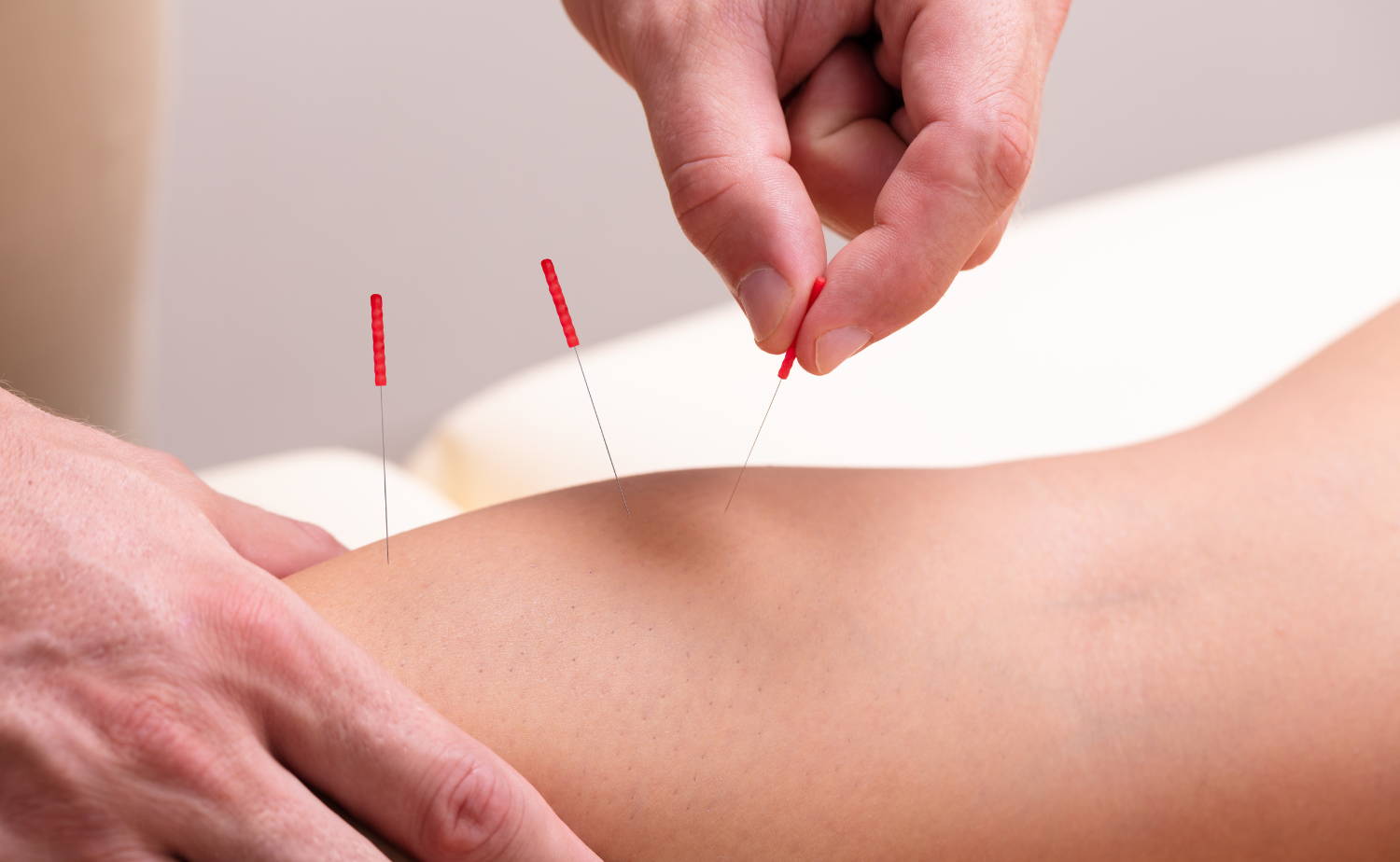
Acupuncture has been increasingly recognized as a beneficial method for managing arthritis flare-ups. This ancient Chinese technique involves inserting thin needles into specific points on the body. It is thought to work by stimulating the body's natural painkillers and altering pain-processing signals in the brain.
Expert tip:
Some doctors suggest considering acupuncture or acupressure as alternative therapies for managing OA flare-ups. These practices involve stimulating specific points on the body to promote pain relief and reduce inflammation.
Low-impact exercise like walking can be beneficial for managing arthritis symptoms, as it helps maintain joint mobility and strengthen the muscles that support the joints. However, during a flare-up, when your joints are particularly inflamed and painful, you might need to adjust your routine. Some people may find gentle walking manageable and even helpful, while others might find it exacerbates their symptoms.
Always listen to your body's signals and don't push through severe pain.
Koprez knee sleeves have gained a reputation as one of the best options for managing arthritis flare-ups for several reasons:
Coping with arthritis flares requires a combination of proactive strategies and support. While there is no one-size-fits-all approach, incorporating the mentioned tips can help manage flare-ups and improve overall well-being.
Among these strategies, the use of knee compression sleeves, such as Koprez Compression Sleeves, can provide valuable support during arthritis flare-ups. These sleeves offer targeted compression, helping to reduce pain, inflammation, and joint stiffness. By providing stability and improving blood circulation, knee compression sleeves can enhance comfort and mobility, allowing individuals to better navigate their day-to-day activities. Shop the Koprez Compression Sleeve today!






References
Author

Claire Evans worked as the content marketing manager at Koprez. Claire combined a background of writing and editing, marketing, and patient education to best serve consumers, fitness enthusiasts, athletes, and anyone who relies on the Koprez brand for helpful information.
Koprez® Featured Products


"I sprain my wrist super often, so I decided to try out this sleeve. This is game-changing! I've been using it for a while now, and my wrists feel amazing. I haven't gotten in any injuries since using it too. It just makes my wrists feel so supported."
Alexis A.
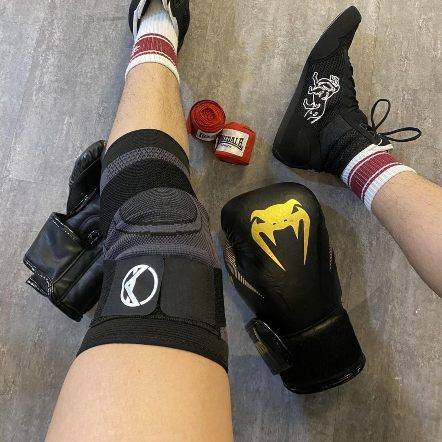

"Use this for my boxing training. It is a very comfortable brace and does not move out of position during skipping ropes and sparring sessions. I use it while running too. Probably the best brace I've purchased throughout the years. It is very flexible. Makes me look like a pro! :)"
Samuel L.


"I've just got back to running after a couple of years of being plagued by injury. These compressions socks are helping give me peace of mind while I build up my distance again. They are the perfect level of compression, super comfy, and very high quality. Feel great while on a run, and looks great in the orange colour I have!"
Dave R.
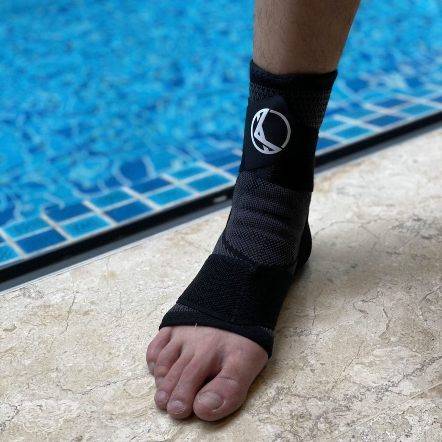

"I have a weak ankle, and the Koprez ankle sleeve has been a lifesaver. Wear it every day. Super breathable and comfortable. Like wearing a cool sporty looking sock!"
James F.
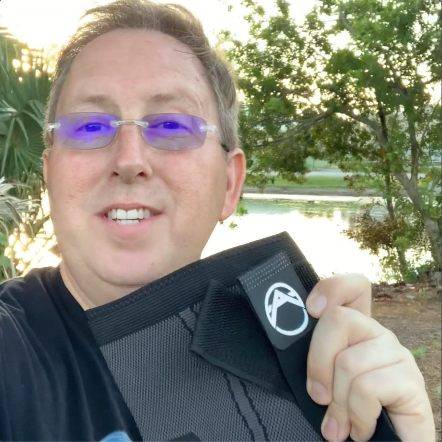

"This is the best knee sleeve I've ever tried. It's now a must-have for all my exercises. A few years ago, I had an accident that damaged my knees, but with Koprez I can be active again with no knee pains at all. It's been truly amazing!"
Alex M.
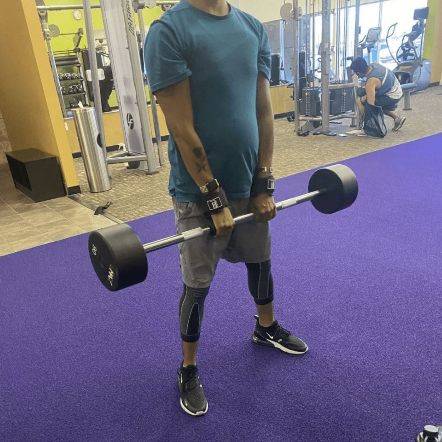

"One of the best purchases I've ever made. It fits your legs all the way from top to bottom, great snug fit, gives you support and definitely helps during rehab and training."
Rafael A.
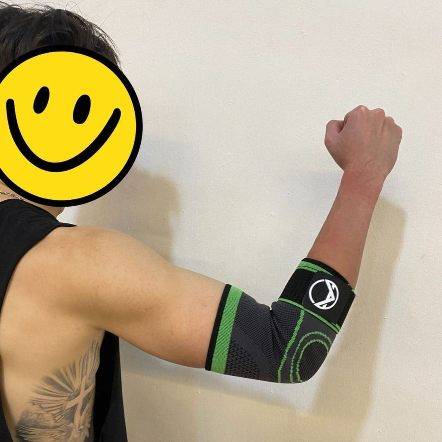

"I had a minor elbow injury, and Koprez sleeve was super supportive and definitely helped me recover faster. I still use the sleeve to prevent further injury. So far, so good. Very comfortable and does not feel hot at all. Highly recommend!"
Corey B.


"It's really been a game-changer for me. It allows me to exercise a lot longer than I used to. Now my knees don't hurt, and they're not uncomfortable at all."
Mike P.
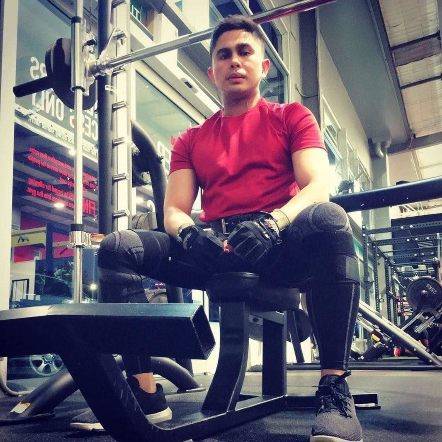

"Great product!!"
Harold
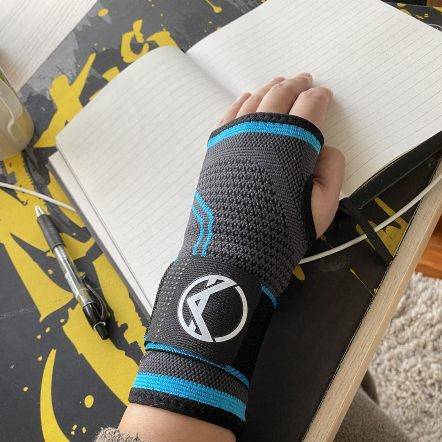

"I have carpal tunnel, and this brace has helped me work pain-free. Love the materials, and I can feel my wrists slowly getting better, even when I don't wear them!"
Christopher J.
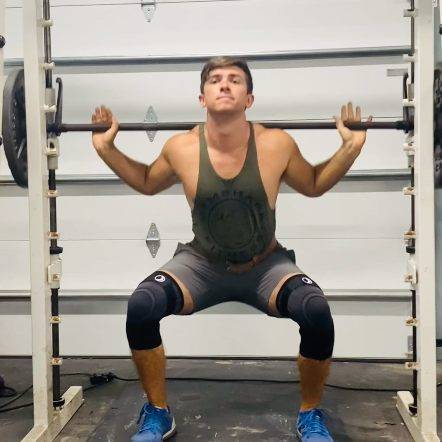

"I wanted to try out these sleeves to improve my squats and deadlift in the gym without worrying about injuring my knees. They stayed up throughout the entire gym session, and my knees feel super supported. Now I can do what I love for years to come. "
Corbin C.